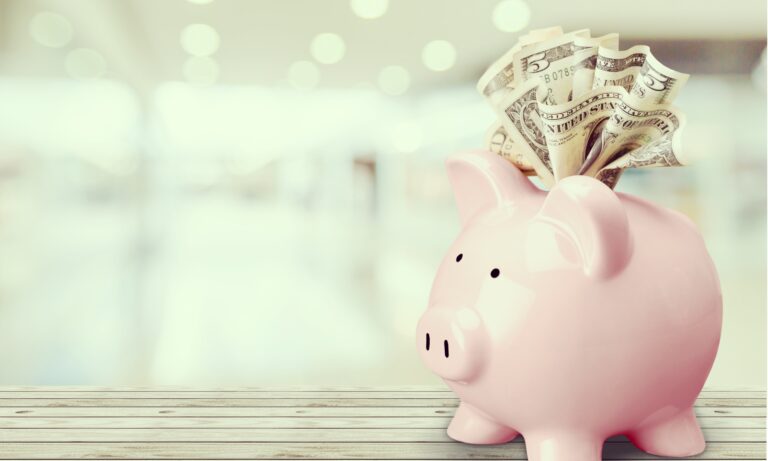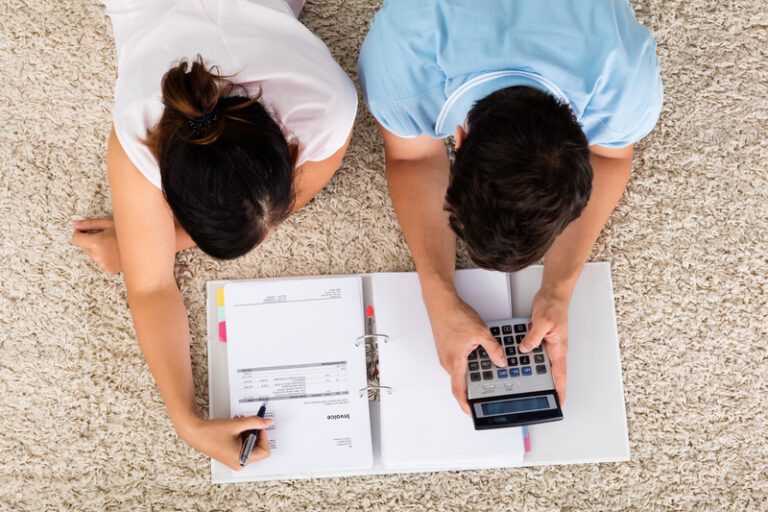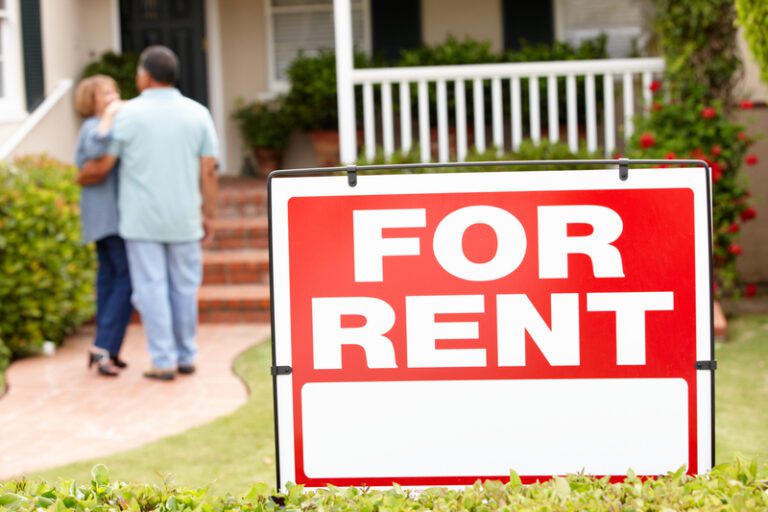Some of the links in this post are affiliate links. This means if you click on the link and purchase the item, I will receive an affiliate commission at no extra cost to you. All opinions remain my own.

Owning a home is often considered a milestone, a symbol of stability and achievement. However, it also comes with its share of challenges, particularly financial ones. Here are some of the primary costs associated with homeownership and practical solutions for managing these expenses.
Mortgage Payments
The most substantial monthly cost for most homeowners is the mortgage payment. This payment is a commitment that spans years, even decades, and can strain household finances. The mortgage is not just repaying the loan for the house purchase, it also includes interest, which over time can add up to a substantial amount. One way to manage this cost is to ensure that you purchase a home within your means. As a rule of thumb, your monthly mortgage payment should not exceed 28% of your gross monthly income. Additionally, consider options like refinancing if interest rates drop significantly after you have secured your mortgage. Refinancing can lower your monthly payments and save you a substantial amount over the life of the loan.
Repairs
When you rent, your landlord is responsible for repairs and maintenance. However, as a homeowner, these responsibilities fall squarely on your shoulders. From minor fixes like leaky faucets to significant repairs like replacing a roof, these costs can add up quickly. Preventive maintenance will help you avoid more expensive repairs later. To mitigate these expenses, it’s crucial to budget for regular maintenance and unexpected repairs. You can also learn to do some basic home repairs yourself. There are numerous resources online, including video tutorials, that can guide you through simple repairs and maintenance tasks.
Utility Costs
Unlike renters who may have some or all utilities included in their rent, homeowners must cover these costs themselves. Utility bills for water, electricity, and gas can be surprisingly high, especially in larger homes. One way to control these costs is by making your home more energy-efficient. Consider investing in energy-saving appliances or installing a programmable thermostat to manage heating and cooling costs. Additionally, simple habits like turning off lights when leaving a room or fixing dripping taps promptly can save a significant amount over time.
Owning a home comes with financial challenges, but with careful planning and smart strategies, these can be managed effectively. Always remember, the goal of homeownership is not just to possess a property, but to create a comfortable, secure living environment for you and your family. By being mindful of costs and proactive in managing them, you can achieve this goal without breaking the bank.
Did you enjoy reading this article? Here’s more to read: How to Make Your Homeownership Dreams Easier to Achieve






